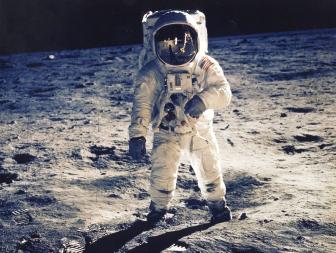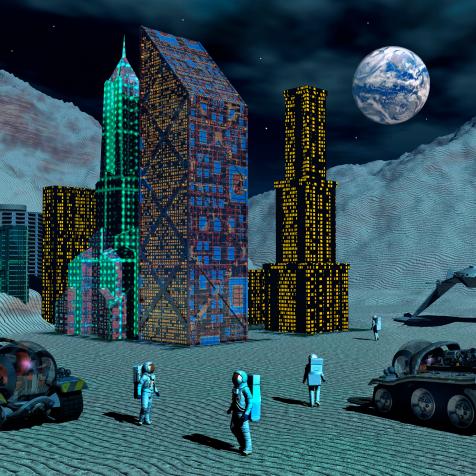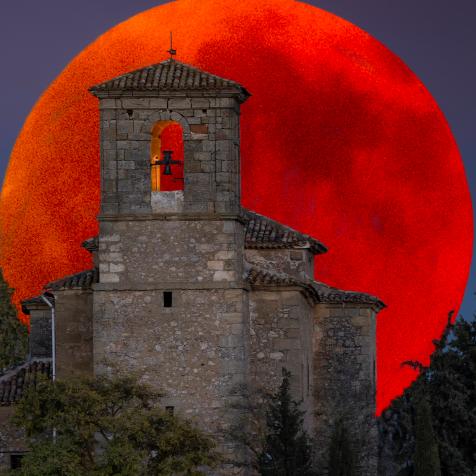
Javier Zayas Photography
What We Learn from the Lunar Surface

Sure, the Moon is cool to look at, and fun to think about it. And it literally affects us here on the Earth: without the Moon, we’d be missing half our tides, and likely our planet’s rotation wouldn’t be as stable as it is.
With all the talk of NASA’s Artemis missions returning humanity to the Moon for the first time in nearly half a century, you might be wondering: why?
First off, let’s address human exploration vs robotic rovers. The China National Space Administration (CNSA) currently has a rover operating on the far side of the Moon, and it’s delivering a lot of quality science. Other space agencies around the world are planning even more remote missions. So why should we send humans? Even though humans require a lot more time, effort, and money to get into space (not to mention the increased risk), people are orders of magnitude more capable and self-sufficient than even the best robots.
Humans can make decisions, act and react, try new ideas, spot interesting new things, and make adjustments all in the span of a single mission – something that robots can’t deliver. If we want science to be done quickly and completely, it’s going to take a person.
As for the science itself, the lunar surface is a time machine. Have you ever noticed all those craters scarring the face of the Moon? The Earth doesn’t have that same level of cratering because our surface constantly replaces itself. The slow action of wind and water erode more recent craters and the evidence of impacts from long ago but pulled under the surface through tectonic action.
The Moon has no air or liquid water, and its surface solidified from molten state billions of years ago. The surface of the Moon is almost perfectly pristine, containing a record of the history of violence in the solar system for the past 4 billion years.
Ironically, we can learn more about the Earth’s past from the Moon than from the Earth itself. We believe that the Moon is literally a chunk of the Earth ripped off when an object the size of Mars crashed into our planet in its infancy. But just like the craters, the history of our world has largely been pulled deep below the surface and away from easy observation.
But not the Moon. The lunar samples brought back from the Apollo missions revealed that our satellite had the exact same composition of elements as the Earth. By studying what the Moon is made of, and understanding how exactly it formed, we can learn about the birth and early evolution of our own planet.
So yeah, let’s go back to the Moon.
Apollo 11: Mission to the Moon 11 Photos
Images captured during the 1969 Apollo 11 Mission to the moon and back. Stream APOLLO: THE LOST FILMS on discovery+.



















